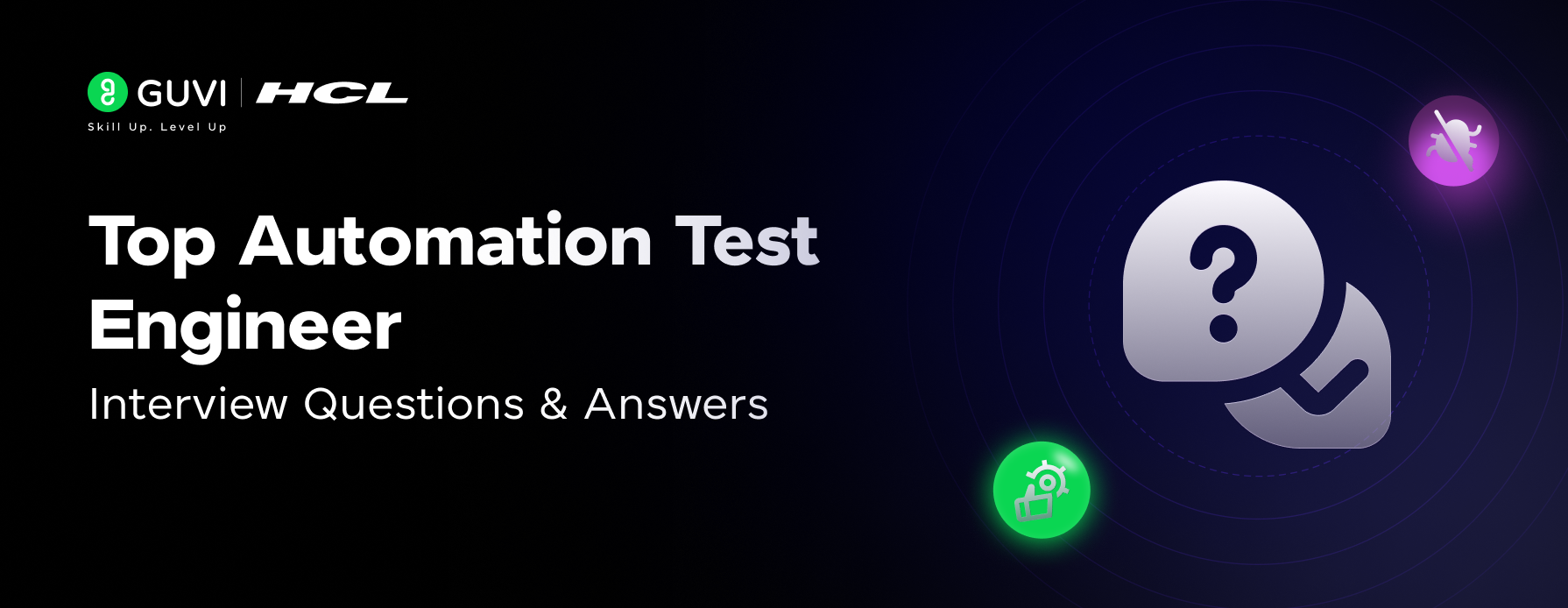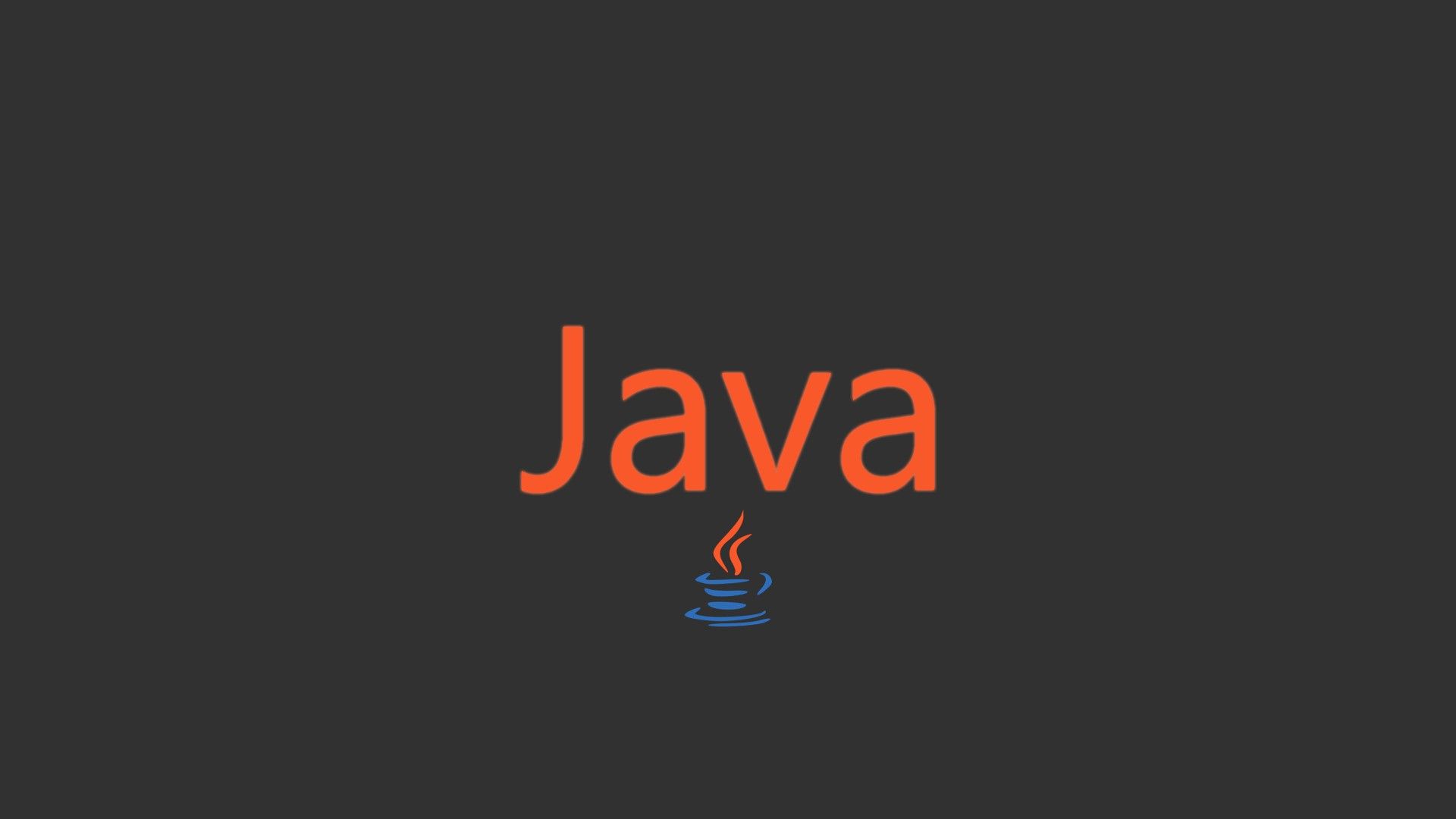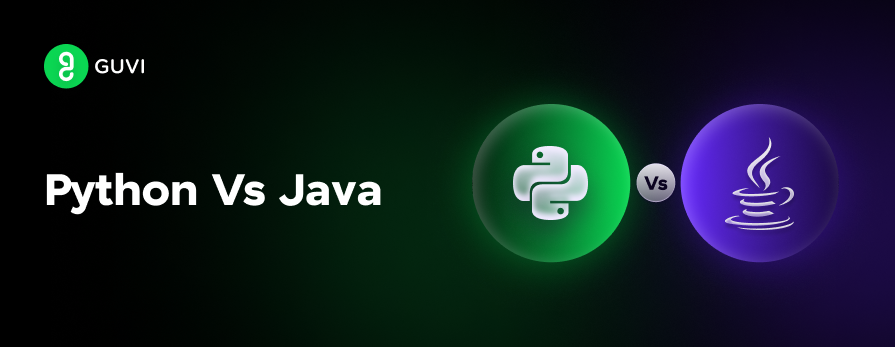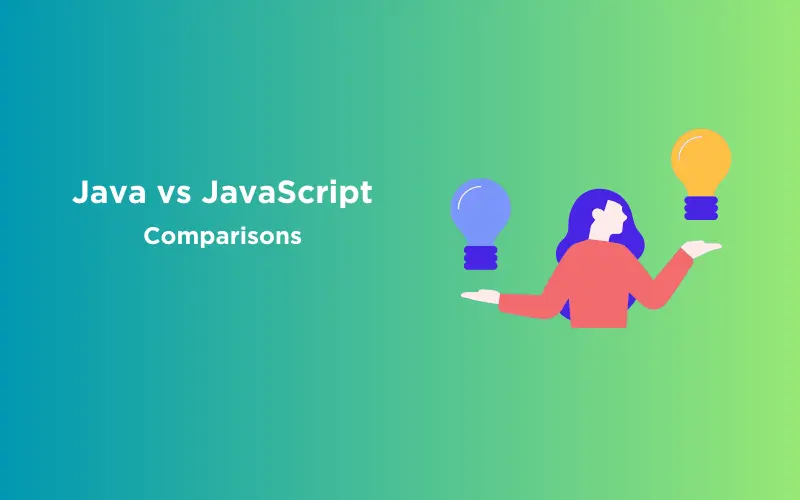
A Step by Step Guide to Install Eclipse IDE on Windows
Apr 03, 2025 2 Min Read 94 Views
(Last Updated)
Eclipse IDE is one of the most popular integrated development environments (IDEs) used for Java development and supports various programming languages like Python, C++, and PHP. Whether you’re a beginner or an experienced developer, installing Eclipse correctly is essential for a smooth coding experience. In this guide, we’ll walk you through the step-by-step process of downloading, installing, and setting up Eclipse IDE on a Windows system.
Follow the below steps to install Eclipse IDE on Windows!
Table of contents
- Step 1:
- Step 2:
- Step 3:
- Step 4:
- Step 5:
- Step 6:
- Step 7:
- Step 8:
- JAVA First program
- Conclusion
- Frequently Asked Questions
- What is Eclipse IDE used for?
- How do I check if Eclipse is installed correctly?
- Can I use Eclipse for languages other than Java?
Step 1:
In the first step, Open your browser and navigate to the Eclipse URL: https://www.eclipse.org/
Step 2:
Then, click on the “Download” button to download Eclipse IDE.

Step 3:
Now, click on the “Download x86_64” button.

Step 4:
Then click on the “Download” button. After clicking on the download button the .exe file for the eclipse will be downloaded.

Step 5:
Now go to “Downloads” and then click on the “eclipse-inst-jre-win64.exe” file to install Eclipse IDE.
Step 6:
Then, click on “Eclipse IDE for Java Developers”.

Step 7:
Then, click on the “Install” button.

Step 8:
Now click on “Create a new Java project”.

Now, you are ready to make new Java projects using Eclipse IDE and the screen will look like this :

Read More: 10 BEST Java IDE for Java Programming Language
JAVA First program
Step 1: To create a new Java project in Eclipse, go to File > New > Project.

Step 2: The New Java Project wizard dialog appears to let you specify configurations for the project. Select the Java Project option in it.

Step 3: After that, you will see the below screen. Enter the project name as HelloWorld. After that, click the Finish button.

Step 4: It is recommended to create a package for your project. Right-click on the project option, and select New > Package from the context menu like this:

Step 5: In the New Java Package dialog, enter the name of your package. Here I have entered com.guvi.helloworldprogram:

Step 6: To create a new Java class under a specified package, right-click on the package and select New > Class from the context menu:

Step 7: The New Java Class dialog appears, type the name of the class as HelloWorld and choose the option to generate the main() method:

Step 8: Edit the generated ‘HelloWorld’ java class as per the following code.
package guvi.helloworldexample;
public class HelloWorld {
public static void main(String[] args) {
System.out.println("Hello World!");
}
}Unlock your potential as a Java Full-Stack Developer with our comprehensive Full-Stack development course! Dive deep into the world of Java, mastering front-end and back-end development to build powerful, dynamic web applications. Gain hands-on experience with essential tools and frameworks like Spring Boot, Hibernate, Angular, and React, all while learning best practices for performance optimization and scalable coding. Start your journey today and become the all-in-one developer every company is searching for!
Conclusion
By following this guide, you have successfully installed Eclipse IDE on your Windows system. With Eclipse set up, you can now start writing and running code efficiently. Eclipse provides a powerful and feature-rich development environment for all programming language practitioners.
Frequently Asked Questions
Eclipse is a free, open-source integrated development environment (IDE) primarily used for Java development but also supports other programming languages like Python, C++, PHP, and more through plugins.
After installation, open Eclipse and create a new project. If the IDE launches without errors and allows you to write and execute code, the installation was successful.
Yes, Eclipse supports multiple programming languages like Python, C++, JavaScript, and more through additional plugins.































Did you enjoy this article?